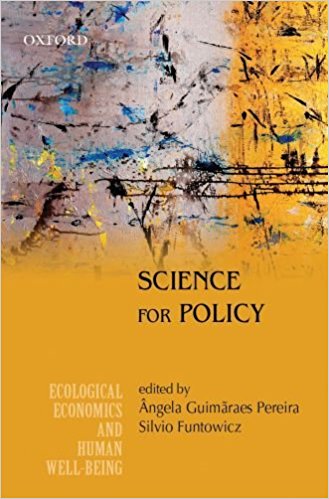Policy failure arises from various sources; the chapters in this edited volume under review attribute current policy failure to either using improper science or not using proper science in the process of policy making. The major focus of the book is on integrating science and policy in an appropriate manner through a pluralistic approach. As the editors of this book point out the book deals with how to change the way in which knowledge is being produced and used in the current policymaking; the chapters concentrate specifically on the process challenge and promise of using appropriate science for policy. Four major themes have been identified to illustrate how the post normal science can potentially play a pivotal role in making the policies to bring greater benefits to the mass. Apart from a discussion on the methodological perspectives in dealing with uncertainties in policy-relevant science the four themes identified are: genetically modified organisms climate change energy and sustainable development. The case studies illustrate and substantiate the underlying arguments.
One of the highlights of the interesting preface by Shila Jasanoff is on how moving away from the currently followed reductionist approach towards a more pluralistic approach for policymaking can do much to open up the blind spots that the science tend to develop on their own in short to promote more radical reflexivity than disciplinary communities can muster within themselves (p. xxv). The authors arguments suggest that the recent developments in emerging sub-disciplines in social sciences such as behavioural economics can contribute to new styles of policy makingespecially in the area of environmental policy where the conventional approaches have not produced expected results. The introduction provides an interesting overview of the arguments in the subsequent chapters thereby highlighting the importance of moving away from the modern model towards a new model of doing science and policy.

